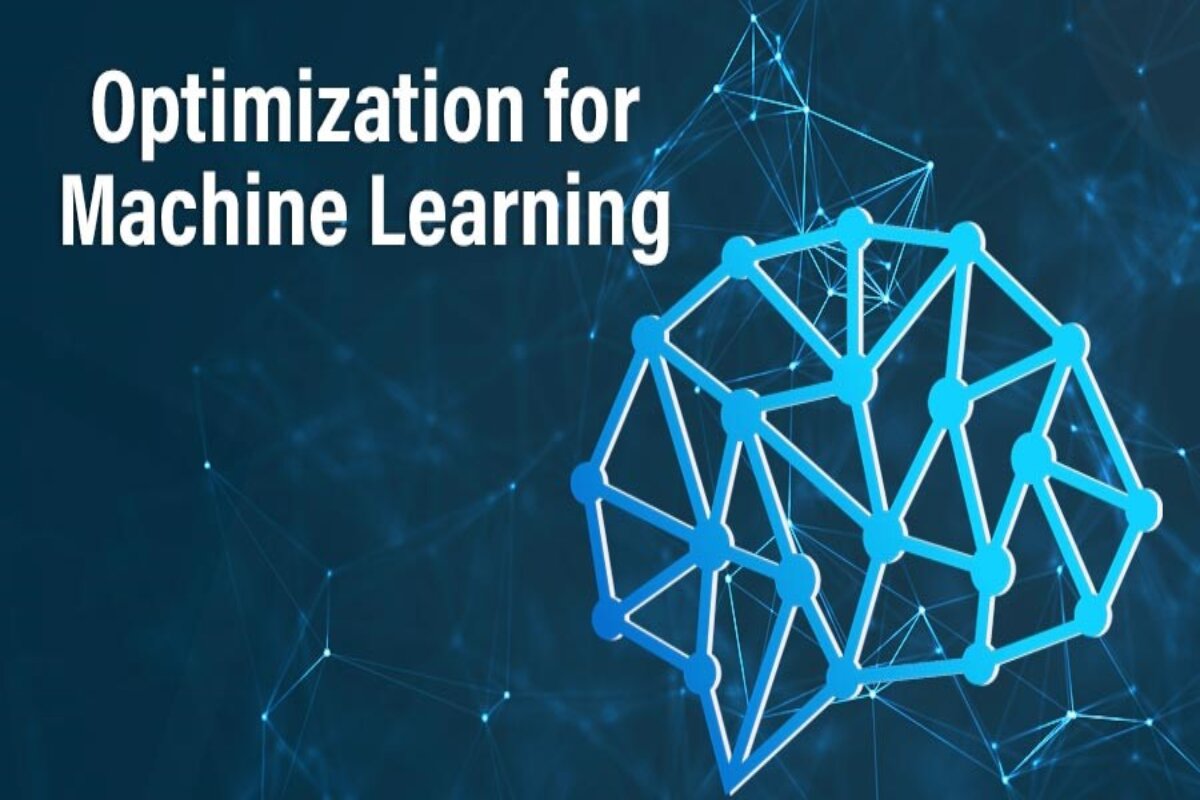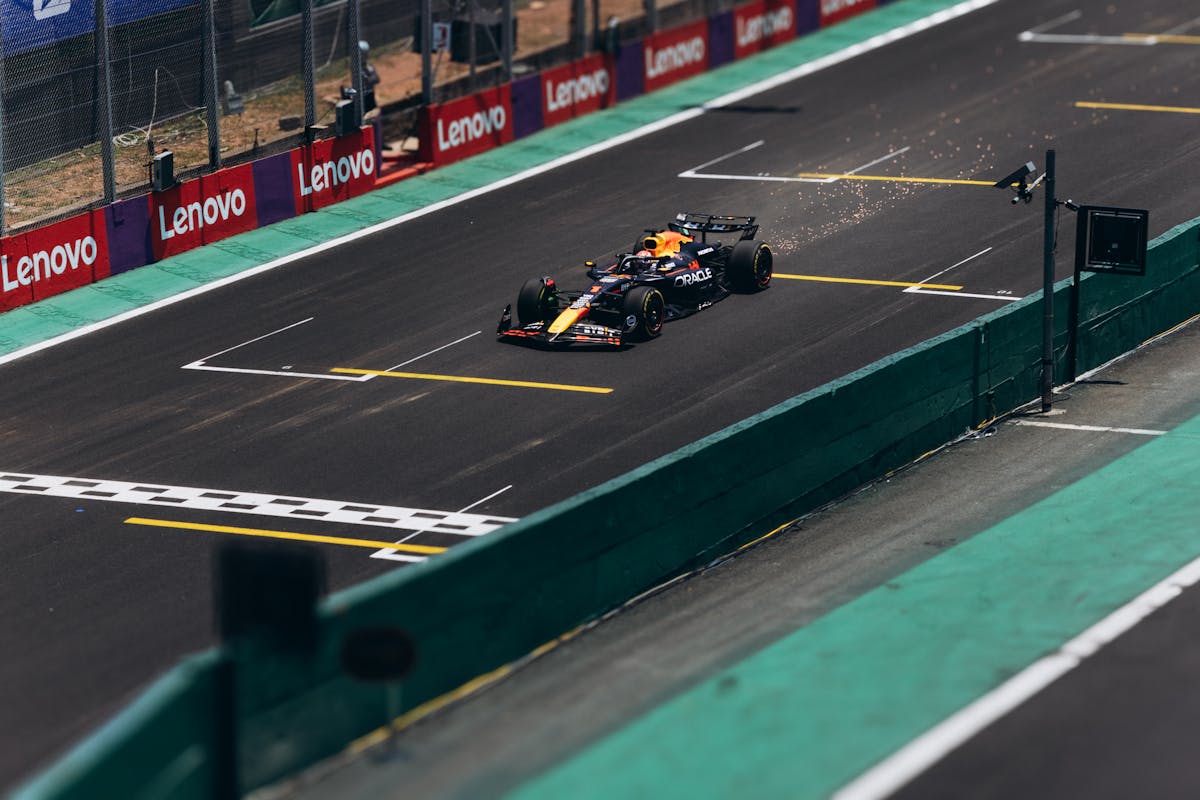Revolutionizing Deep Learning: Types of Optimization Methods
Optimization functions play a pivotal role in training machine learning models, especially in deep learning. Different types of optimization functions have been developed over time to address various challenges in training neural networks. Here, I’ll explain some of the commonly used optimization functions and their current status in the field
Gradient Descent (GD)
- The foundation of many optimization algorithms, GD updates model parameters in the opposite direction of the gradient of the loss function. While plain GD can be slow in practice due to uniform step sizes, variations like Stochastic Gradient Descent (SGD), Mini-batch SGD, and Batch SGD are more efficient. SGD and its variants are still widely used due to their simplicity and effectiveness.
- Gradient Descent was introduced as a method to minimize the loss function of a machine learning model. It was initially developed in the field of calculus and optimization but found widespread use in machine learning due to its effectiveness in updating model parameters to minimize prediction error.
- Gradient Descent and its variants remain a cornerstone of machine learning optimization due to their simplicity, efficiency, and effectiveness, especially when used with appropriate techniques like learning rate scheduling and initialization strategies to mitigate some of the limitations.
Momentum
- Momentum extends SGD by adding a fraction of the previous update vector to the current update. This helps accelerate convergence and escape local minima. Modern versions of momentum, such as Nesterov Accelerated Gradient (NAG), provide even better performance.
- Momentum was introduced to address some of the limitations of plain Stochastic Gradient Descent (SGD)
SGD often takes slow and zigzagging paths when trying to reach the optimal solution, especially in scenarios with noisy gradients or when the loss landscape has plateaus or elongated valleys. Momentum was introduced to accelerate convergence by smoothing out these oscillations and helping the optimizer make more consistent progress toward the minimum.
Adagrad
- Adagrad is an optimization algorithm introduced to dynamically adjust the learning rates for each parameter during the training of machine learning models. It was proposed as a solution to improve the performance of gradient-based optimization algorithms, particularly in scenarios with sparse data or when dealing with features that have significantly different scales.
- In many optimization problems, choosing an appropriate learning rate can be challenging. A fixed learning rate may be too large and lead to overshooting the minimum of the loss function or too small, resulting in slow convergence. Adagrad aims to alleviate the need for manual tuning of learning rates by adapting them automatically for each parameter.
- Traditional optimization algorithms may struggle when dealing with datasets where some features are rarely or never updated due to their sparsity. Adagrad was designed to handle sparse data more effectively by providing adaptive learning rates for each parameter, ensuring that even less frequently updated parameters can contribute meaningfully to the optimization process.
RMSprop
- RMSprop, short for Root Mean Square Propagation, is an optimization algorithm introduced to overcome the limitation of Adagrad, specifically the problem of diminishing learning rates during training. It was developed as a way to adaptively adjust learning rates for each parameter while preventing overly aggressive updates.
- In Adagrad, as the sum of squared gradients for a parameter increases over time, the learning rate for that parameter becomes progressively smaller. This can result in very slow convergence, especially in deep-learning models. RMSprop was introduced to mitigate this issue by introducing a mechanism that prevents learning rates from becoming too small
AdaDelta
- AdaDelta is an optimization algorithm that builds upon the concepts of RMSprop and aims to address the issue of diminishing learning rates even more effectively. It is designed to adaptively adjust learning rates for each parameter during training and eliminates the need to set an initial learning rate, making it more user-friendly.
- Many optimization algorithms, including RMSprop, require the user to set an initial learning rate. Choosing an appropriate initial learning rate can be challenging, and the wrong choice can lead to suboptimal convergence or instability. AdaDelta was introduced to eliminate the need for this manual setting of the initial learning rate, making it more user-friendly and adaptive, which adjusts the learning rates based on the recent history of updates. This running average helps in normalizing the updates and ensuring that the learning rates adapt to the changing requirements of each parameter during training. As a result, AdaDelta can handle diminishing learning rates more robustly.
Adam (Adaptive Moment Estimation)
- Adam, short for Adaptive Moment Estimation, is an optimization algorithm that combines concepts from both momentum and RMSprop. It is designed to adaptively adjust learning rates for each parameter while also incorporating moving averages of both gradients and squared gradients. Adam has gained widespread popularity in the field of deep learning due to its robust performance across a wide range of machine-learning tasks.
- Adam aims to automatically adapt learning rates for each parameter, allowing it to efficiently handle different learning rates for different parameters. This adaptability is crucial because various model parameters may have different sensitivities to learning rates.
- Adam combines the advantages of both momentum and RMSprop. It incorporates the concept of momentum to help smooth out parameter updates and escape local minima, while also using the moving average of squared gradients from RMSprop to prevent diminishing learning rates.
RAdam (Rectified Adam)
- RAdam, short for Rectified Adam, is an optimization algorithm that addresses the issue of biased moving averages introduced by the squared gradients in the original Adam optimizer. It is designed to provide better generalization performance in machine learning models.
- While the Adam optimizer is known for its efficiency and versatility, it was discovered that the moving averages of squared gradients in Adam could exhibit bias in the early stages of training. This bias can lead to suboptimal convergence and generalization. RAdam was introduced to rectify this issue and provide a more robust optimization algorithm that is less susceptible to biased moving averages.
AdamW
- AdamW, short for Adam with Weight Decay, is an optimization algorithm that builds upon the Adam optimizer by incorporating L2 regularization, commonly referred to as weight decay, directly into the optimization process. It is designed to improve the generalization performance of machine learning models in certain cases.
- Regularization techniques, such as L2 regularization (weight decay), are commonly used to prevent overfitting in machine learning models. Weight decay encourages model parameters to stay small, which can lead to better generalization of unseen data. However, in the original Adam optimizer, weight decay was applied in a slightly different manner. AdamW was introduced to provide a more effective and consistent way of applying weight decay, which has been shown to enhance generalization in deep learning models.
.
Lookahead
- Lookahead is a technique designed to enhance existing optimization methods, such as Adam, by introducing a secondary mechanism that explores different directions in parameter space during optimization. It aims to address convergence issues, particularly when dealing with saddle points, which can hinder the training of machine learning models.
- In the optimization of high-dimensional loss surfaces, saddle points can pose a significant challenge. Saddle points are points in parameter space where the gradient is close to zero but does not necessarily indicate convergence to a local minimum. Traditional optimization methods, including variants of gradient descent like Adam, can get stuck or converge very slowly at saddle points. Lookahead was introduced to overcome these issues by exploring different directions, helping the optimizer escape saddle points more effectively.
- Lookahead maintains two sets of parameters—one for the main optimization method (e.g., Adam) and another for a secondary exploration mechanism. During training, it periodically explores the parameter space by temporarily switching to the secondary set of parameters.
Nadam
- Nadam, short for Nesterov-accelerated Adaptive Moment Estimation, is an optimization algorithm that combines two key elements from different optimization techniques: Nesterov’s accelerated gradient (NAG) and Adam’s adaptive learning rate capabilities. It is designed to harness the advantages of both methods for more efficient and effective optimization.
- Nadam was introduced to combine the best of both worlds by integrating NAG’s momentum and Adam’s adaptive learning rates into a single optimization algorithm.
- The goal of Nadam is to provide an optimization algorithm that not only converges efficiently but also does so with stability and robustness. By combining NAG and Adam, Nadam aims to offer an algorithm that can handle a wide range of optimization challenges, including optimizing deep neural networks, with improved efficiency and convergence properties. Adam combines Nesterov’s momentum with Adam’s adaptive learning rate capabilities. It’s a variant that aims to provide the benefits of both algorithms.
Yogi
- Yogi is an optimization algorithm that builds upon the foundation of Adam by introducing a dynamic learning rate schedule that adapts during training. It is designed to provide robustness in the presence of noisy gradients, enhancing the efficiency and stability of the optimization process.
- Yogi dynamically adjusts the learning rate during training based on the historical gradient information. When gradients are noisy or uncertain, it reduces the learning rate to make smaller updates and enhance stability. Conversely, when gradients are more stable, it increases the learning rate for faster convergence.
- Yogi’s dynamic learning rate schedule helps prevent divergence and oscillations in the optimization process by providing adaptability to changing gradient characteristics. This makes it well-suited for scenarios with challenging optimization landscapes.
- Yogi aims to provide consistent and reliable convergence across various machine learning tasks, making it a valuable optimizer when dealing with noisy gradients or complex loss surfaces.
Ranger
- Ranger is an optimization algorithm that combines two powerful techniques, RAdam (Rectified Adam) and Lookahead. It integrates the benefits of both methods to provide a robust and efficient optimization approach for machine learning models.
- Ranger utilizes the RAdam optimization technique, which rectifies the biased moving averages of squared gradients to provide more reliable optimization, especially during the early stages of training.
- Ranger also integrates Lookahead, which introduces secondary exploration mechanisms to escape saddle points and accelerate convergence when needed. Lookahead helps improve stability and robustness in the optimization process.
These are just a few examples of optimization functions and algorithms used in the field of deep learning. The choice of optimizer depends on factors such as the dataset, the architecture of the neural network, and empirical performance. As research in this area is ongoing, new optimization methods continue to be developed, refined and adapted to address challenges in training deep learning models.








